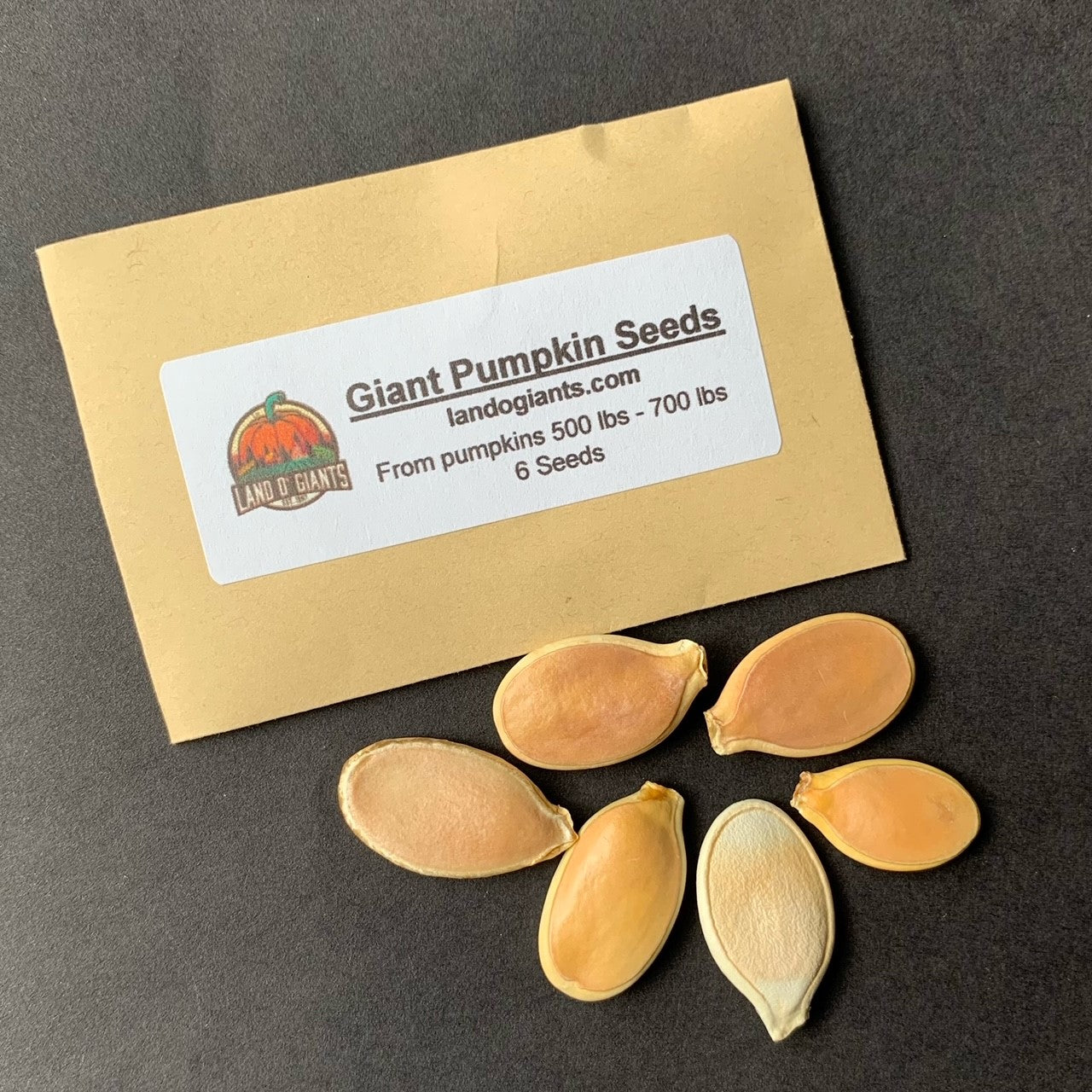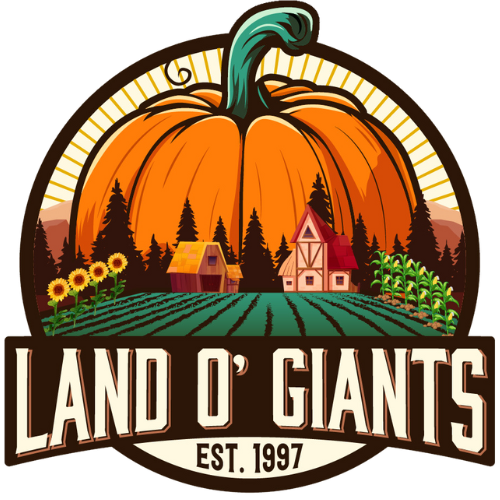Introduction to Seaweed
Seaweeds are macroalgae that play a critical role in the health of marine and coastal ecosystems. It provides food and habitat for other marine species, cleans coastal waters by removing excess nutrients from runoff, and absorbs carbon dioxide, protecting shelled animals from ocean acidification [1]. For humans, edible seaweed is very nutritious, helping to combat and prevent many chronic diseases [2]. Seaweed also has immense advantages when used to aid in plant and crop health. There are more than 10,000 species of seaweed and they are grouped based on their pigmentation [3].
Plant growth and development rely on the accessibility of a favorable growing environment which includes healthy soils, availability of nutrients, and protection from pests and other stresses. Plant biostimulants have gained importance among methods used to improve crop growth and development [3]. Biostimulants refer to substances of biological origin or microorganisms which when applied to plants, are intended to stimulate processes in the plant that are responsible for efficient plant nutrient uptake and growth processes and an increase in the tolerance to abiotic and biotic stress, irrespective of the nutrient content of the substances [4, 5, 6]. Seaweed is known to be a biostimulant.
Effects on Plant Growth
Seaweed extracts have been reported to be beneficial to plants for early seed germination, better growth, improved crop yield, and resilience to biotic and abiotic stress [4, 7] while promoting microbial activity in soil. When seeds were soaked in seaweed extract for 3- 5 hours [7], there were increased germination rates and significant increases in seedling vigor by enhancing root size and density [4, 8]. The extracts have also been shown to protect seedlings from transplantation shock in tomatoes, cabbage, and marigolds [9, 10]. Seaweed extracts have also shown early flowering and increased fruit set in a variety of crop plants which inevitably led to an improvement in crop yields [5]. The leaves of plants administered seaweed have also shown increased chlorophyll content which was probably due to inhibition of chlorophyll degradation [5, 11, 12].
Tolerance to Biotic and Abiotic Stressors
Biotic stressors include conditions in which a plant cannot sustain its normal growth due to the interaction with harmful microorganisms that can include fungi, bacteria, viruses, viroids, phytoplasma, and nematodes [13]. Seaweed extracts can significantly reduce infestation and damage caused by nematodes and many other insects including borers, aphids, thrips, and more [5]. Seaweed extracts also serve as elicitors to plant defense responses against harmful bacterial, fungal, viroid, and viral pathogens and can control and reduce infection levels [5, 14, 15]. The reduction of infection levels is due to a general improvement in the vigor of seaweed extract-treated plants, fixed resistance, and enhanced soil suppressiveness due to altered microbial dynamics [5].
Abiotic stressors are those occurring in the environment that are not derived from living organisms and include temperature, drought, wind, sunlight, salinity, and precipitation. While studies have shown that crop productivity was reduced under severe abiotic stress, those crops that were treated with seaweed extracts had an improved resilience than those of nontreated plants [16, 17, 18, 19].
The increased defense of a plant against both abiotic and biotic stresses can be attributed to the biostimulatory action of seaweed extracts. Seaweed extracts contain many bioactive compounds including phytohormones, sterols, carbohydrates, polysaccharides, sugars, polyphenols, macro- and micronutrients, vitamins, lipids, amino acids, peptides, and proteins [16, 20, 21]. However, no one particular compound can be solely attributed to the positive benefits observed. Trials using fractions of seaweed extracts have reported that no single fraction was able to replicate all the effects seen when the whole original extract was used [5].
Best Application Methods
Application of seaweed extracts is typically done using foliar sprays, root drenches, or a combination of each. The method of application of the seaweed extracts plays an important role in their use and responses by plants [5]. Foliar sprays of less than or equal to 0.05% v/v (% v/v = mL of solute/100 mL of solution) of the extract have been reported to be optimal for the crop and result in more effective control of disease and higher yields [5, 22]. The better performance of foliar applications has been attributed to the immediate interaction with the plant tissues because foliar absorption happens almost immediately [5].
Our Products
The benefits of seaweed extracts are overwhelming. Seaweed is an organic and sustainable way for gardeners and farmers to reap immense growing benefits while providing optimal nutrients to plants and crops. We offer the finest Soluble Seaweed Powder available that is naturally chelated and ready for absorption via foliar spray, root drench, or a combination of each. Add Kelp Meal as you are preparing your soil to stimulate beneficial microbes and improve soil structure and tilth. Let your garden flourish and be protected while providing the best Seaweed nutrients available.
Cheers!
Brooke
References
- “Seaweed.” aquariumofpacific.org, March 8, 2024, https://www.aquariumofpacific.org/seafoodfuture/seaweed#:~:text=Seaweed%20plays%20many%20important%20roles,like%20oysters)%20from%20ocean%20acidification.
- Muñoz, IL, Díaz, NF. Minerals in edible seaweed: health benefits and food safety issues. Critical Reviews in Food Science and Nutrition. 2022;62:(6)1592-1607.
- Sangha, J. S., Kelloway, S., Critchley, A. T., & Prithiviraj, B. (2014). Seaweeds (Macroalgae) and Their Extracts as Contributors of Plant Productivity and Quality: The Current Status of Our Understanding. Advances in Botanical Research, 71, 189-219. https://doi.org/10.1016/B978-0-12-408062-1.00007-X
- Ali, O., Ramsubhag, A., & Jayaraman, J. (2021). Biostimulant Properties of Seaweed Extracts in Plants: Implications towards Sustainable Crop Production. Plants, 10(3). https://doi.org/10.3390/plants10030531
- Yakhin, O.I., Lubyanov A.A., Yakhin I.A., Brown P.H. Biostimulants in Plant Science: A Global Perspective. Front. Plant Sci. 2017;54:23–27. doi: 10.3389/fpls.2016.02049.
- Du Jardin P. The Science of Plant Biostimulants–A Bibliographic Analysis, Ad Hoc Study Report. European Commission; Brussels, Belgium: 2012.
- Karthik, T. & Jayasri, M.A. (2023). Systematic study on the effect of seaweed fertilizer on the growth and yield of Vigna radiata (L.) R. Wilczek (Mung bean). Journal of Agriculture and Food Research, 14, 100748. https://doi.org/10.1016/j.jafr.2023.100748
- Rayorath P., Khan W., Palanisamy R., Mackinnon S.L., Stefanova R., Hankins S.D., Critchley A.T., Prithiviraj B. Extracts of the Brown Seaweed Ascophyllum nodosum Induce Gibberellic Acid (GA3)-Independent Amylase Activity in Barley. J. Plant Growth Regul. 2008;32:123–128. doi: 10.1007/s00344-008-9063-6.
- Crouch I.J., van Staden J. Evidence for the Presence of Plant Growth Regulators in Commercial Seaweed Products. Plant Growth Regul. 1993;6:345–388. doi: 10.1007/BF00207588.
- Aldworth S.J., van Staden J. The Effect of Seaweed Concentrate on Seedling Transplants. S. Afr. J. Bot. 1987 doi: 10.1016/S0254-6299(16)31428-4.
- Blunden G., Jenkins T., Liu Y.W. Enhanced Leaf Chlorophyll Levels in Plants Treated with Seaweed Extract. J. Appl. Phycol. 1996;3:13–19. doi: 10.1007/BF02186333.
- Whapham C.A., Blunden G., Jenkins T., Hankins S.D. Significance of Betaines in the Increased Chlorophyll Content of Plants Treated with Seaweed Extract. J. Appl. Phycol. 1993 doi: 10.1007/BF00004023.
- Sapre, S., Gontia-Mishra, I., Thakur, V. V., Sikdar, S., & Tiwari, S. (2021). Molecular techniques used in plant disease diagnosis. Food Security and Plant Disease Management, 405-421.
- Du Jardin P. Plant Biostimulants: Definition, Concept, Main Categories and Regulation. Sci. Hortic. (Amst. ) 2015;53:3555–3654. doi: 10.1016/j.scienta.2015.09.021.
- Fei H., Crouse M., Papadopoulos Y., Vessey J.K. Enhancing the Productivity of Hybrid Poplar (Populus × Hybrid) and Switchgrass (Panicum virgatum L.) by the Application of Beneficial Soil Microbes and a Seaweed Extract. Biomass Bioenergy. 2017 doi: 10.1016/j.biombioe.2017.09.022.
- Deolu-Ajayi, A. O., & Karlova, R. (2022). The power of seaweeds as plant biostimulants to boost crop production under abiotic stress. Plant, Cell & Environment, 45(9), 2537-2553. https://doi.org/10.1111/pce.14391
- Hashem, H.A., Mansour, H.A., El-Khawas, S.A. & Hassanein, R.A. (2019) The potentiality of marine macro-algae as bio-fertilizers to improve the productivity and salt stress tolerance of canola (Brassica napus L.) plants. Agronomy, 9, 146. Available from: https://doi.org/10.3390/agronomy9030146
- Murtic, S., Oljaca, R., Murtic, M.S., Vranac, A., Koleska, I. & Karic, L. (2018) Effects of seaweed extract on the growth, yield and quality of cherry tomato under different growth conditions. Acta Agriculturae Slovenica, 111(2), 315–325. Available from: https://doi.org/10.14720/aas.2018.111.2.07
- Trivedi, K., Vijay Anand, K.G., Kubavat, D., Patidar, R. & Ghosh, A. (2018) Drought alleviatory potential of Kappaphycus seaweed extract and the role of the quaternary ammonium compounds as its constituents towards imparting drought tolerance in Zea mays L. Journal of Applied Phycology, 30, 2001–2015. Available from: https://doi.org/10.1007/s10811-017-1375-0
- Khan, W., Rayirath, U.P., Subramanian, S., Jithesh, M.N., Rayorath, P., Hodges, D.M., Critchley, A.T., Craigie, J.S., Norrie, J. & Prithiviraj, B. (2009) Seaweed extracts as biostimulants of plant growth and development. Journal of Plant Growth Regulation, 28, 386–399. Available from: https://doi.org/10.1007/s00344-009-9103-x
- Shukla, P.S., Mantin, E.G., Adil, M., Bajpai, S., Critchley, A.T. & Prithiviraj, B. (2019) Ascophyllum nodosum-based biostimulants: sustainable applications in agriculture for the stimulation of plant growth, stress tolerance, and disease management. Frontiers in Plant Science, 10, 655. Available from: https://doi.org/10.3389/fpls.2019.00655
- Ali N., Farrell A., Ramsubhag A., Jayaraman J. The Effect of Ascophyllum nodosum Extract on the Growth, Yield and Fruit Quality of Tomato Grown under Tropical Conditions. J. Appl. Phycol. 2016;28:1353–1362. doi: 10.1007/s10811-015-0608-3.

